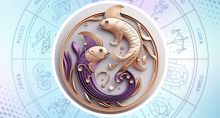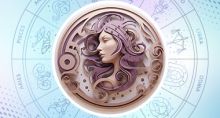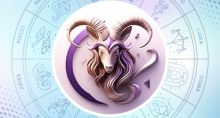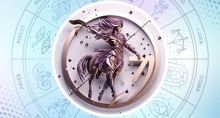Which Hand To See For Men and Women In Palmistry?
Palmistry is an occult science that predicts the future by interpreting the lines in your palm. Palmistry claims that your past and future can be understood by looking at these lines. Palmistry is an ancient art that has been practiced by people all over the world for centuries.
People in Sumer, Babylonia, Arabia, Canaan, Persia, India, Nepal, Tibet, and China used to practice it.
Yoshiaki Omura, an acupuncture practitioner, claims that its roots lie in Jyotish or Hindu astrology, Chinese I Ching, and Roma fortune telling. Thousands of years ago, the Hindu sage Valmiki wrote a book of 567 stanzas, the title of which means, ‘The Teachings of Valmiki Maharishi on Male Palmistry’. Palmistry is a branch of Samudrika Shastra which studies the marks on a person's body. From India, the art spread to Tibet, China, and European countries.
Palmistry was also practiced in Greece. Anaxagoras was a well-known Greek palmist of those times. The renowned philosopher Aristotle (384–322 B.C.E.) found a treatise on Palmistry on an altar of Hermes, and he gifted it to Alexander the Great (356–323 B.C.E.). Alexander supposedly used to examine the character of his officers by studying the lines on their hands.
During the Renaissane, palmistry, also called "chiromancy," was one of the seven "forbidden arts." In the 16th century the art was suppressed by the Catholic Church.
Palmistry began to revive in the modern era after Captain Casimir Stanislas D'Arpentigny's publication La Chirognomie in 1839. A key figure in the modern Palmistry movement was William John Warner, an Irishman, whose sobriquet was Cheiro. Cheiro studied under Indian gurus and later established a palmistry practice in London. Famous people from all over the world were his clients. They included Mark Twain, Sarah Bernhardt, Mata Hari, Oscar Wilde, Thomas Edison, the Prince of Wales, Joseph Chamberlain, etc.
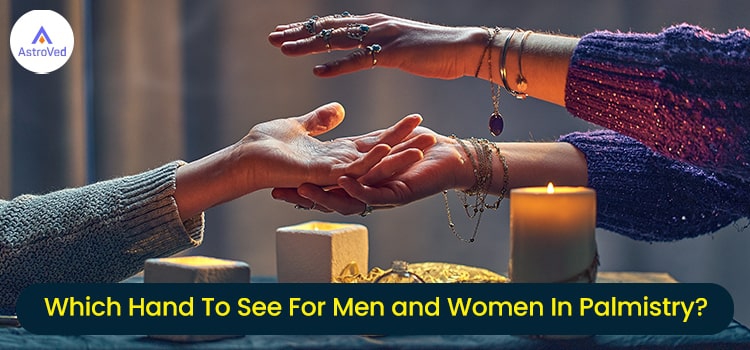
Significance of Palmistry
The lines on your palm can reveal many things about your past, present, future, and personality. With the help of Palmistry, you can understand yourself better and also discover many things about various aspects of your life, like health, wealth, longevity, relationships, luck, marriage, children, etc. There are different lines like head, heart, life, marriage, child, fame, luck, money, health, influence, and fate lines.
Which Hand is Used For Palm Reading?
According to Vedic Astrology, it is the dominant hand of the person i.e, the hand which they usually use to perform all tasks, that is considererd for Hand Reading. The passive or the non-dominant hand is also read to find out the person’s inherited characteristics and potential.
The dominant hand tends to represent your active life, present circumstances, and external influences. The non-dominant or passive hand indicates your potential, inner personality, and inherited traits.
Some palmists feel that the right hand reveals what a person has done with their life, and the left hand shows what they were born with. The palm that is read depends on the focus of the reading—current situation or deeper potential. To arrive at a comprehensive reading, the palmist may read both hands. This makes it possible to compare innate abilities with one’s actual path in life.
Two Perspectives
Palmists categorize interpretations into two broad perspectives: static and dynamic.
Static Interpretation (Non-Dominant Hand): It is the hand we’re born with. It represents potential and innate qualities. It offers a blueprint of one’s personality and destiny.
Dynamic Interpretation (Dominant Hand): This hand indicates what time and experience has done to that potential. It reveals the choices and paths one has taken in life.
Palmistry for men and women
In Palmistry, the left hand indicates inborn destiny, and the right represents acquired destiny. The latter is influenced by the person’s environment. Hence, in palm reading, the right hand is more dominant while the left hand is supportive. The non-dominant hand reveals your natural personality and character, while the dominant hand indicates how these personality traits have been actualized in life. Together, they show how a person is using their potential.
Right Hand for Men
In Palmistry, the left hand reveals what you are born with. The left hand shows what you acquired throughout your life. For men, it is the right palm that is important. It offers insights into the man’s nature and future.
Left Hand for Women
In the case of women, it is the opposite from that of men, as it is the left hand that the palmist reads. For women, the right hand is the hand they are born with, and the left is what they have accumulated all through their lives.
Conclusion
Palmistry, like astrology, can be a tool to understand the self. It can also guide a person to find the right path in life and realize their true potential. Whether you see it as superstition, spiritual guidance, or a psychological analysis, Palmistry is, in essence, a quest to understand the mysteries of life and the inner self.
There is a lot of skepticism surrounding Palmistry, which is reviled as a pseudo-science, like astrology. But its enduring appeal reveals the universal human desire to see what destiny has in store for us.









